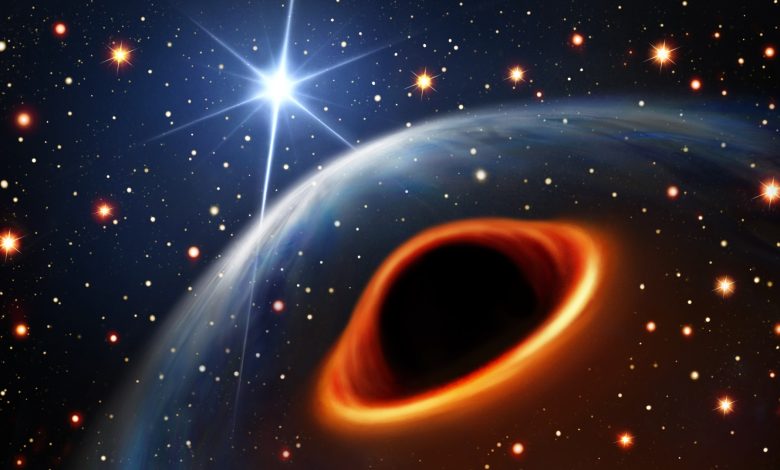Manchester astronomers make groundbreaking discovery in the Milky Way: Unveiling the enigmatic entity – the most ethereally light black hole or astonishingly weighty neutron star?

A group of astronomers from various institutions, including The University of Manchester and the Max Planck Institute for Radio Astronomy in Germany, have made an extraordinary discovery in the Milky Way. They have found an object that is both heavier than the heaviest neutron stars known and lighter than the lightest black holes known. This object was located in orbit around a rapidly spinning millisecond pulsar in a globular cluster of stars, around 40,000 light years away. The astronomers used the precise ticks from the pulsar to determine that the object lies in the black hole mass gap, which is an area of uncertainty regarding the nature of compact objects. This discovery could potentially be the first sighting of a radio pulsar – black hole binary, a pairing that could lead to new tests of Einstein’s general relativity and provide insights into the study of black holes. The findings have been published in the esteemed journal Science. This research is significant as it may help unravel the mysteries surrounding objects in the black hole mass gap. The astronomers believe that the object they discovered was formed through a collision between two neutron stars in the densely packed globular cluster NGC 1851. By observing the faint pulses from the pulsar, the team was able to determine its orbital motion and make precise measurements of its location. These observations revealed that the companion object has a mass larger than any known neutron star but smaller than any known black hole, placing it within the black-hole mass gap. While the exact nature of this object remains uncertain, its discovery provides an exceptional opportunity to study matter under extreme conditions in the Universe. Arunima Dutta, one of the researchers, expressed excitement about further exploring this system and uncovering the true nature of the companion, as it could revolutionize our understanding of neutron stars, black holes, and other enigmatic objects in the black hole mass gap.




